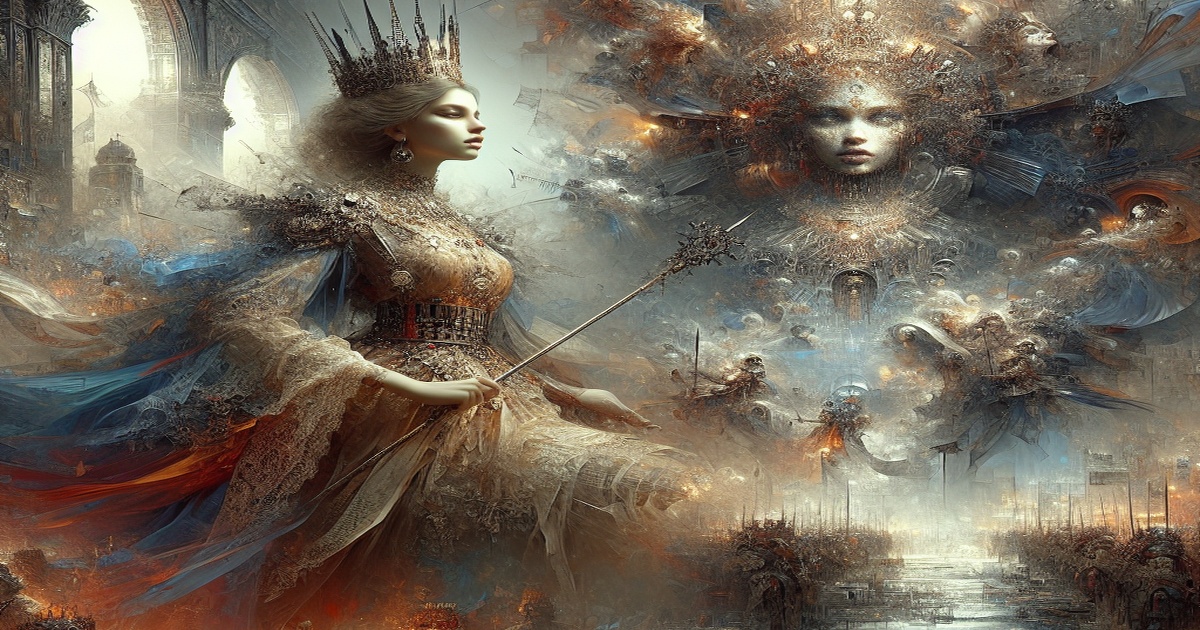The Mystery of Lady Jane Grey's Portrait
Lady Jane Grey, the "nine-day queen," has remained an enigmatic figure in history. Now, new research suggests that a mysterious portrait may depict the young queen, offering a glimpse into her life and the turbulent times she lived in.
English Heritage, in collaboration with the Courtauld Institute of Art and dendrochronologist Ian Tyers, has uncovered compelling evidence that the portrait was significantly altered after its creation. Infrared reflectography revealed changes to the sitter's costume, including her sleeves, coif, and the addition of a white scarf. The sitter's eyes, now looking to her left, originally faced right.
Furthermore, the sitter's eyes, mouth, and ears were scratched out, likely an act of iconoclasm. This aligns with a similar portrait of Grey in the National Portrait Gallery.
Dendrochronological analysis of the painted panel dates it to between 1539 and 1571. The back of the panel bears a merchant or cargo mark identical to one found on a royal portrait of King Edward VI.
"From the newly discovered evidence of a once perhaps more elaborate costume and the dating of the wooden panel from within her lifetime, to the deliberate scratching of her eyes, it is possible that we are looking at the shadows of a once more royal portrait of Lady Jane Grey, toned down into subdued, Protestant martyrdom after her death," said Rachel Turnbull, English Heritage's senior collections conservator.
Lady Jane Grey's reign lasted a mere nine days in July 1553. She was proclaimed queen in an attempt to prevent the accession of her Catholic cousin, Mary Tudor. However, Mary claimed the throne, and Grey was imprisoned in the Tower of London. Despite initial reluctance, Mary eventually executed Grey on February 12, 1554, fearing her as a threat to her reign.
Grey is often portrayed as an innocent victim, as seen in Paul Delaroche's painting "The Execution of Lady Jane Grey." However, this and other known representations of Grey were all painted after her death.
This newly discovered portrait, on loan from a private collection, will be displayed at Wrest Park in Bedfordshire alongside other paintings. It offers a unique opportunity to explore the life and legacy of Lady Jane Grey, a young woman caught in the crosshairs of power and religious turmoil.







5 Comments
Manolo Noriega
Recognizing Grey as a complex individual who played a role in shaping history is essential to a comprehensive understanding of the Tudor period.
Fuerza
Analyzing details like clothing and hairstyles isn't frivolous; they reveal social customs and offer clues about the sitter's identity and status.
Manolo Noriega
Why showcase this potentially inaccurate portrait? It could mislead people about Lady Jane Grey.
Ongania
This portrait, even with alterations, offers a glimpse into Grey's appearance, something previously unavailable.
Manolo Noriega
Focusing on Grey as a "victim" is short-sighted. We should also explore her role in the power struggle.